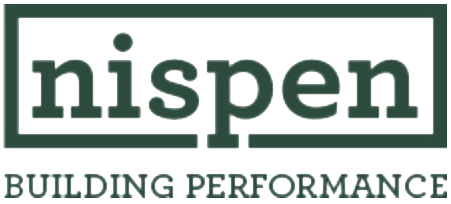Home Energy Audit
Homeowners across Upstate New York depend on Nispen to conduct home energy audits. Our audits will save you money now and for years to come. A Nispen audit technician is trained and certified by the Building Performance Institute (BPI). Our audit technician will sit with you and listen to your concerns. The technician will conduct testing on your home and recommend solutions. At no time will he pressure you into purchasing any more work. The technician will recommend repairs to your home and answer any questions you may have.
- Furnace/Boiler inspection and testing
- Blower door testing
- Duct testing (if appropriate)
- Basement and Crawl space inspection
- Thermal Camera Imaging
Contact us with any questions or to find out more about our home energy audit process; we'd be happy to chat.

